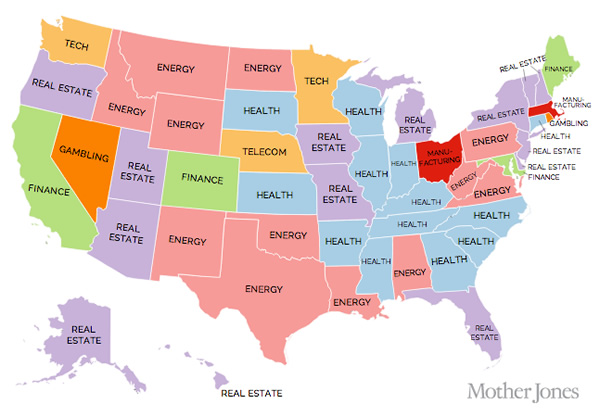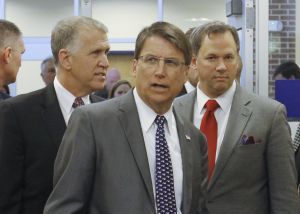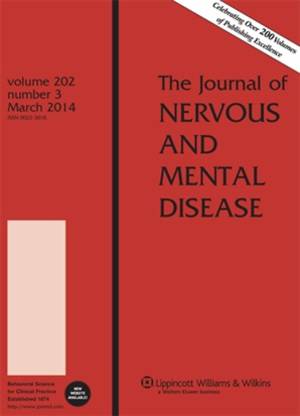You got that right ...
Carolina Naturally is read in 195 countries around the world daily.
Remember - An Apple A Day ... !
Don't forget to visit our sister blog: It Is What It Is
Some of our readers today have been in:
The Americas
Charlotte,
Spotswood, Miami, Waldorf, Webster Groves, Red Wing, Safety Harbor,
Sterling Heights, Cerritos, Moss Point, Omaha, Venetia, Hackett,
Trumbull, Smyrna and Honea Path, United States
Toronto, Ottawa, Sioux Lookout, Templeton, Britannia, Vancouver, Pikangikum, Scarborough, Guelph, Montreal and Winnipeg, Canada
Curitiba, Brazil
Medellin, Colombia
Buenos Aires and Villa Maria, Argentina
Paramaribo, Suriname
Tipitapa, Nicaragua
Santiago, Chile
Lima, Peru
Europe
Vilnius, Lithuania
Espoo, Vantaa and Helsinki, Finland
Rouen and Paris, France
Kharkiv, Odessa and Zhovti Vody, Ukraine
Riga, Latvia
Kedzierzyn-Kozle, Wroclaw, Warsaw, Krakow, Bialystok, Slupsk, Ostrow Wielkopolski, Lublin, Rzeszow, Gdansk and Lodz, Poland
Veliko Turnovo, Plodiv and Ruse, Bulgaria
Bochum and Sulzbach, Germany
Torshavn, Faroe Islands
Costa De Caparica, Portugal
Santa Cruz De Tenerife, Madrid and L'Olleria, Spain
Belgrade, Serbia
Tirana, Albania
Padova, Ivrea, Milan and Rome, Italy
Kista, Sweden
Ryazan and Moscow, Russia
London and Manchester, England
Sarajevo, Bosnia and Herzegovina
Geneva, Switzerland
Dublin and Limerick, Ireland
Ostrava, Czech Republic
Copenhagen, Denmark
Asia
Bikaner,
Thiruvananthapuram, Delhi, Bangalore, Shillong, Patna, Kakinada,
Mumbai, Chennai, Goa, Bhubaneshwar, and New Delhi, Jodhpur, India
Bogor, Surabaya, Jakarta, Depok, Kebon and Mataram, Indonesia
Seri Kembangan, Shah Alam, Kuala Terengganu, Kuala Lumpur and Alor Setar, Malaysia
Islamabad, Pakistan
Doha, Qatar
Kuwait, Kuwait
Sanaa, Yemen
Rangoon, Burma
Hanoi, Thanh Pho Ho Chi Minh and Haiphong, Vietnam
La Dagotiere and Port Louis, Mauritius
Dhaka, Bangladesh
Ulaanbaatar, Mongolia
Tehran and Gorgan, Iran
Seoul, Korea
Colombo, Sri Lanka
Riyadh, Saudi Arabia
Hong Kong, Hong Kong
Africa
Sandton, Cape Town, Johannesburg, Durban and Pretoria, South Africa
Cairo, Egypt
Ouagadougou, Burkina Faso
Pacific
Quezon City, Davao City and Sampaloc, Philippines
Homebush, Australia






 If
you think the Internet came out of Silicon Valley, that NASA planned
the first satellite to orbit Earth, or that IBM created the modern
computer—think again. Each one of these breakthroughs was conceived at
RAND, a shadowy think tank in Santa Monica, California.
If
you think the Internet came out of Silicon Valley, that NASA planned
the first satellite to orbit Earth, or that IBM created the modern
computer—think again. Each one of these breakthroughs was conceived at
RAND, a shadowy think tank in Santa Monica, California.




 John
Nash – RAND was the motherland of game theory during the 1950s and
1960s, and among its most prominent players was John Nash—the soulful
subject of the book and movie A Beautiful Mind. Nash came up with what
is now called the Nash equilibrium, which is used to determine the
stability of competition.
John
Nash – RAND was the motherland of game theory during the 1950s and
1960s, and among its most prominent players was John Nash—the soulful
subject of the book and movie A Beautiful Mind. Nash came up with what
is now called the Nash equilibrium, which is used to determine the
stability of competition.

 You
may have heard the news that the Scholastic Aptitude Test (SAT) is
getting an overhaul. The essay portion that was added in 2005 will be
made optional, and the rest of the test is going back to the old
1600-point scale. Questions will be replaced to bring them more in line
with what students are being taught in the classroom, to try to level
the playing field that has been upset in recent years by students who
can afford test tutoring. Why? Because students, parents, teachers, and
even colleges don’t like it. It’s stressful, interferes with regular
classwork, and doesn’t even predict college success.
You
may have heard the news that the Scholastic Aptitude Test (SAT) is
getting an overhaul. The essay portion that was added in 2005 will be
made optional, and the rest of the test is going back to the old
1600-point scale. Questions will be replaced to bring them more in line
with what students are being taught in the classroom, to try to level
the playing field that has been upset in recent years by students who
can afford test tutoring. Why? Because students, parents, teachers, and
even colleges don’t like it. It’s stressful, interferes with regular
classwork, and doesn’t even predict college success.
 In
In 





 IKEA
conducted a survey of Americans to find out about their homes and
lifestyles. Fast Company looked through it and found some interesting
results,
IKEA
conducted a survey of Americans to find out about their homes and
lifestyles. Fast Company looked through it and found some interesting
results, 








